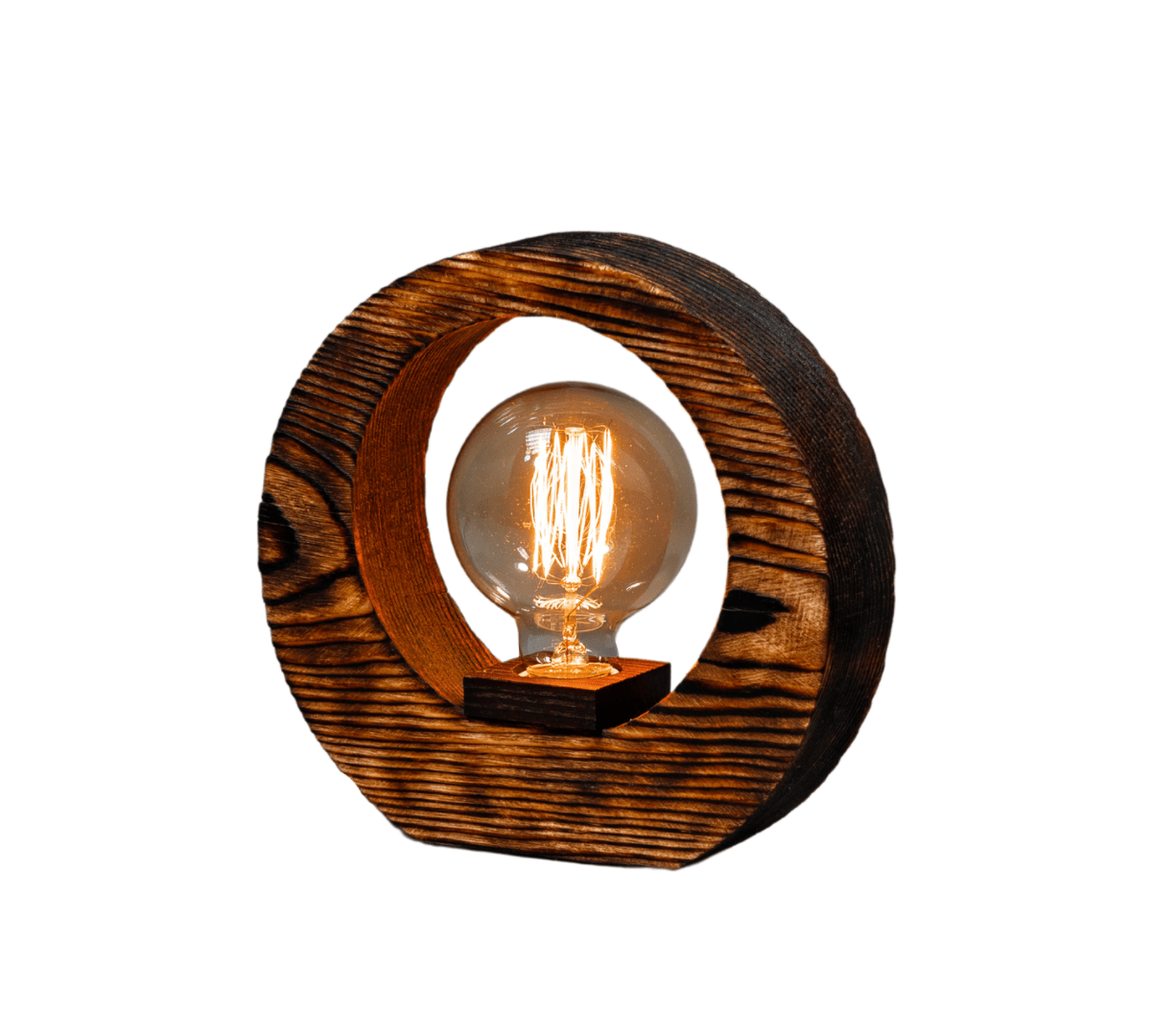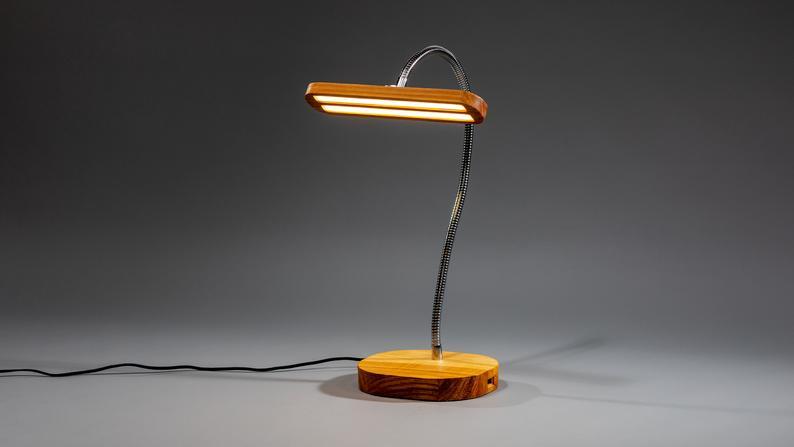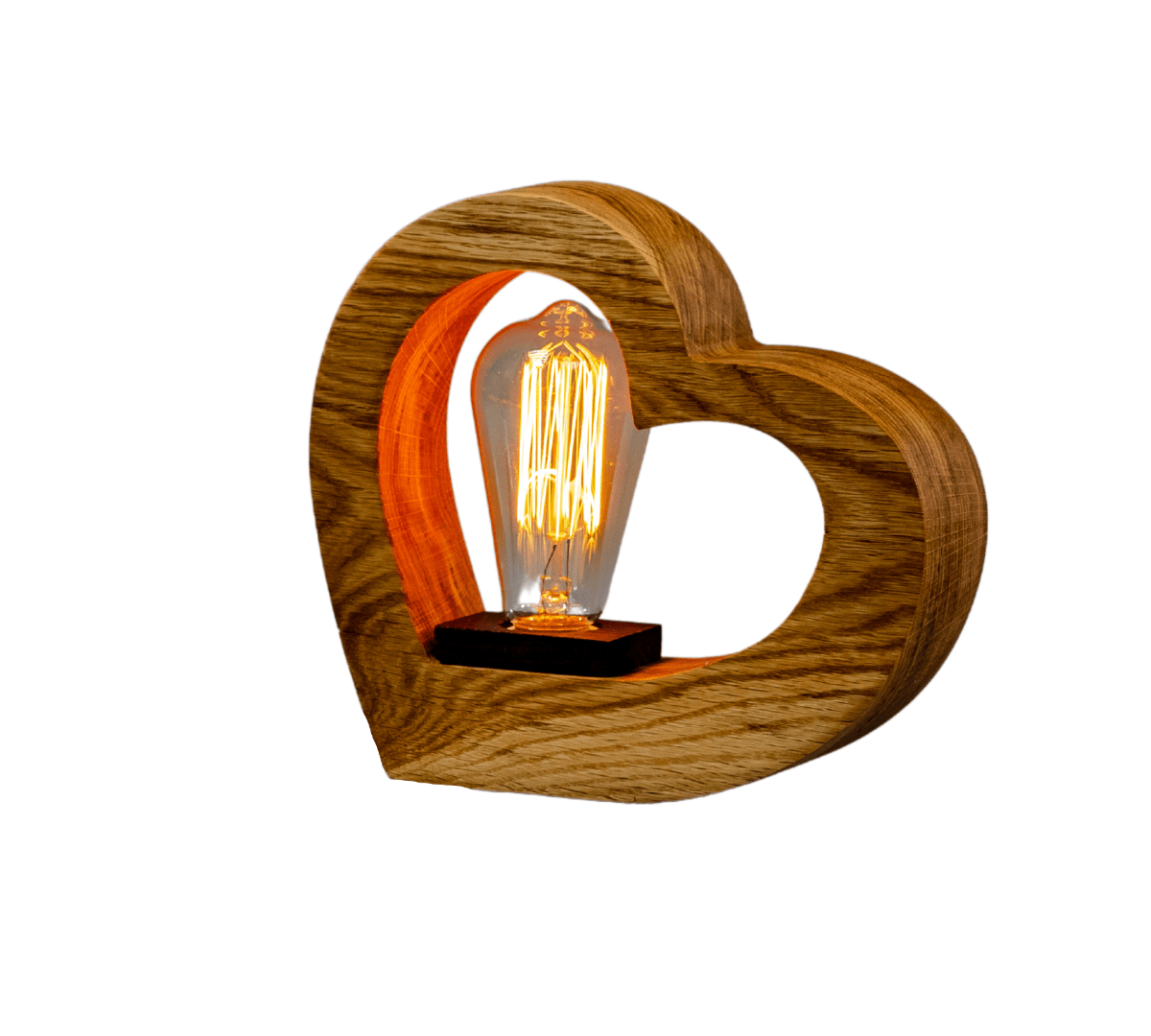In the world of lighting, few innovations have revolutionized the industry as LED technology. Seamlessly blending efficiency with sustainability, LEDs provide a luminous pathway to a greener future. As our energy consumption habits undergo scrutiny, understanding this technology becomes paramount. JTN's wooden LED lamps stand as a testament to this evolution, where design meets functionality.

Understanding LED Technology
What is LED?
LED, or Light Emitting Diode, is a semiconductor light source. When energized, it emits light, a phenomenon called electroluminescence. Unlike incandescent bulbs, LEDs don't rely on heated filaments to produce illumination.
How Do LEDs Work?
At the heart of every LED is a diode, a device that allows current to flow in one direction. As electrons move through the diode's semiconductor material, they drop to a lower energy state. This energy drop releases photons, particles of light. The color of the light depends on the energy gap of the semiconductor. Hence, no need for color filters or additional elements.
The Advantages of LED Over Traditional Lighting
LEDs stand out for numerous reasons. They consume significantly less electricity, with some LEDs using up to 90% less energy than their incandescent counterparts. Moreover, LEDs emit light directionally, meaning less wasted light and more precise illumination. Lastly, with lifespans often exceeding 25,000 hours, LEDs drastically reduce the need for frequent replacements, marking a shift towards sustainability and efficiency in the lighting industry.
The Sustainability of LED Lighting
Energy Efficiency
LEDs are marvels of energy optimization. Their operational mechanics lead to minimized energy waste, with about 80% of their energy converted into light. In contrast, incandescent bulbs squander around 80% as heat. This significant reduction in energy use translates to reduced demand from power grids and fewer greenhouse gas emissions.
Longer Lifespan
An LED's longevity is another feather in its sustainability cap. Typically, an LED can last up to 25 times longer than traditional bulbs. This extended lifespan means fewer production demands, less frequent replacements, and, consequently, less waste. Such durability not only cuts down costs for consumers but also alleviates the environmental strain of manufacturing and disposal.
Reduced Carbon Footprint
Shifting to LEDs is a substantial step in carbon footprint reduction. For every 1,000 bulbs replaced with LEDs, approximately 6,570 pounds of CO2 emissions are avoided annually. This figure equals the carbon sequestration of nearly 80 tree seedlings grown for a decade. By using LEDs, households and businesses can play an active role in combatting global climate change, making a sizable difference with a seemingly small change in lighting choice.

Real-life Impact: Cost and Environmental Savings
Saving on Electricity Bills
Transitioning to LED lighting yields tangible financial benefits. On average, LEDs consume 75% less energy than incandescents. For a household traditionally using ten 60W incandescent bulbs for 5 hours daily, switching to 10W LEDs can save approximately $94 annually, given an average electricity rate of $0.12 per kWh. Over a decade, that's close to $940 in savings from lighting alone.
Decreasing Household Carbon Emissions
LEDs play a pivotal role in carbon reduction. By the above calculation, shifting from incandescents to LEDs can curtail around 325 pounds of CO2 emissions per household annually. That's equivalent to planting around four tree seedlings and letting them grow for ten years. Thus, a household can significantly diminish its carbon footprint by a simple act of changing its lighting source.

LED technology, represented elegantly through JTN's wooden lamps, encapsulates the essence of modern sustainable living. It's not just about global statistics but tangible benefits felt in everyday life, from cost savings to environmental stewardship. As we venture into a world more conscious of its ecological footprint, integrating LEDs into our lives becomes not just a choice but a responsibility.
